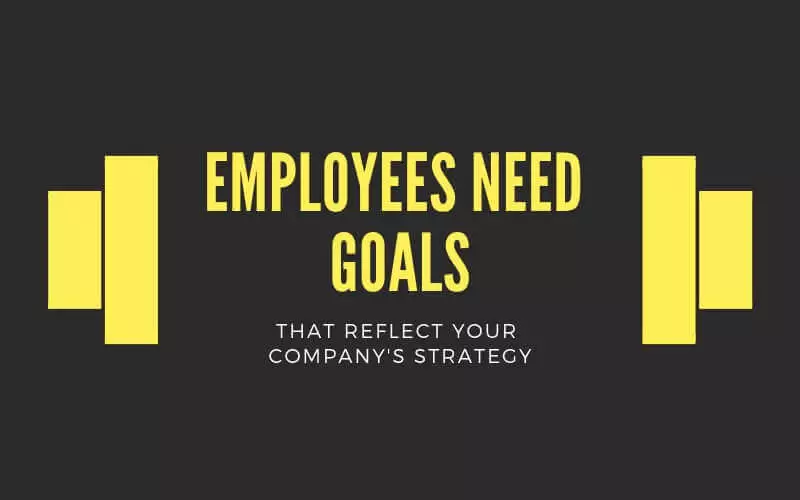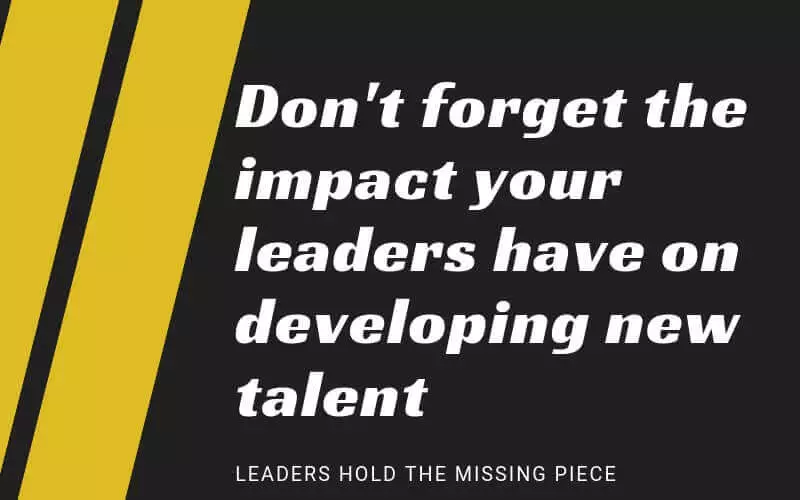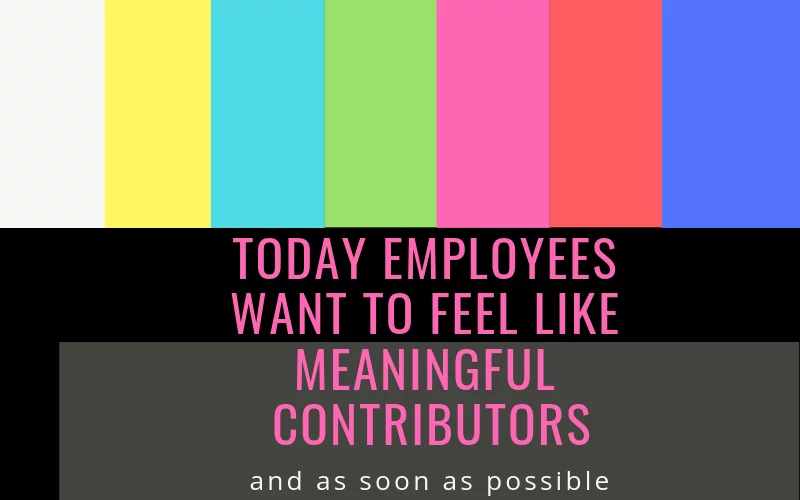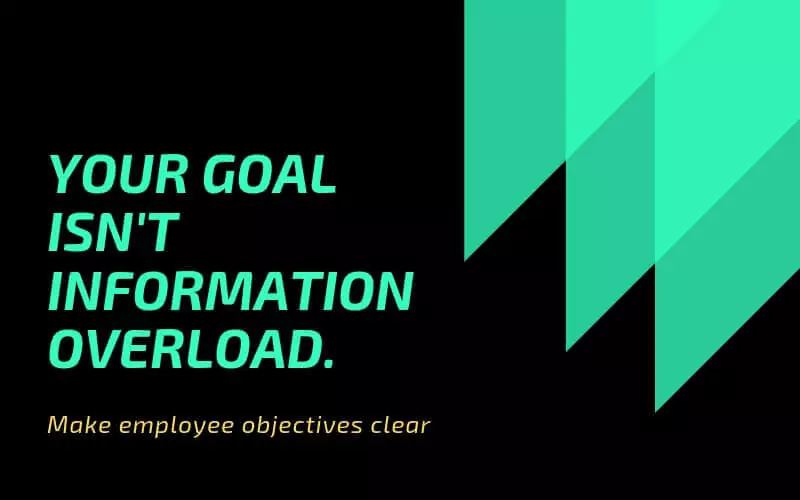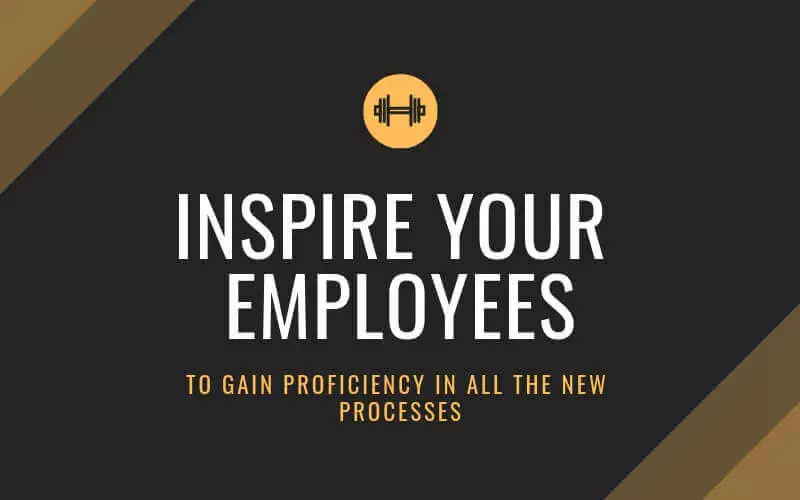This is the second article of a two-part series on the most essential parts of employee training. Check out Part 1 here.
Chip and his weary tale of the “overwhelmed employee” continues. Unfortunately, it’s all too common — and entirely avoidable. In 90 days, he’s ready to walk out your company’s doors.
Chip’s initial enthusiasm was burned to a crisp. He struggled to learn your software systems. You didn’t pay attention to his learning style in onboarding. Your training methods were rigid when they needed to be agile. Chip also never had a space to communicate his challenges.
You didn’t suspect he was a churn risk, and now it’s too late. But new hires like Chip will never stand a chance at retention — not when your approach to training fails to empower them.
In part one, we explored the first key four training techniques that could save future employees. After all, where there’s one frustrated hire, there’s bound to be a sentiment infecting the rest of your team.
Here are the last four strategic training techniques that could have reversed Chip’s churn story.
1. Highlight growth trajectory and make onboarding feel meaningful
The intent here is to cultivate all that fresh talent, knowledge, and energy. A goal-oriented new hire makes a productive employee. Make sure to set goals together and define expectations for your new recruit.
Employees need goals that reflect your company’s strategy. It’s also important to promote individual employees’ personal goals for career growth.
If business objectives seem unclear — or lack professional development — your new hire will become less committed to the company. Diminished motivation takes a toll on employee retention.
Empower your trainees with an interactive Digital Adoption Platform (DAP). Request a demo today.
Watch out for employees that feel their professional success is ignored. They won’t see themselves with your company for the long-term.
Keep in mind, a quarter of the workforce is swapping careers each year, and retention is only getting worse. In fact, Forbes called employee retention “the biggest challenge” for talent leaders last year.
Employees like Chip can’t flourish if training is too complicated. Without rethinking your training techniques, even the most talented new hire could squander the potential you scouted.
2. Consult with managers so they own their role
A survey by the American Society for Training and Development says, “A remarkable 75% of executives say mentoring has been critical to their career development, according to a survey by the American Society for Training and Development.”
Moreover, research firm Leadership IQ polled 32,000 people to evaluate feelings surrounding work culture. The results show that engagement, motivation, and inspiration at work jump among employees who spend 6 hours per week with their direct managers.
Inspiration rose 29% higher when employees were spending one to six hours with their leaders; engagement leapt 30%, innovation soared 16%, and intrinsic motivation flew 15%. Intrinsic motivation at work translates to engagement fueled internally — because employees are finding their roles to be inherently satisfying.
Unfortunately, Chip never did. A clear lack of management negatively impacted how he felt about your work culture.
Read next: A glimpse into your new hire’s worst nightmare
When designing your training techniques, don’t forget the impact your leaders have on developing new talent. Otherwise, you’re building a puzzle, but missing a huge chunk in the middle — you could have a vision, but that picture will never fully fit together as it could.
Leaders hold this missing piece.
Before your new hire joins the team, are you building a strategy with that employee’s manager? Consult with managers in your company and make them an integral part of your training strategy.
3. Clarify your new hires’ contribution to the business strategy
If you’ve ever seen the Karate Kid, you’ll remember Mr. Miyagi’s infamous lesson of “Wax on, wax off!” While the plucky protege learns to defend himself, movie magic doesn’t always work in the workplace.
After all, in the film, the lead almost throws in the towel during the first days of his training. He doesn’t trust Miyagi’s methods and questions his ability to grow in this space. It’s not until Miyagi does a grand reveal that Daniel finally understands the point of his training — and truly devotes himself to the practice.
But in real life, this movie moment never clicked for Chip. He was left making the most of a broken keyboard and didn’t realize why his work benefits your company.
It’s imperative to clarify how individual roles drive the business vision forward. If you fail to do so, and if growth feels impossible in the company, you will lose more employees.
Don’t underestimate basic human psychology. It’s human nature to dislike blindly following directions — and employees care that individual productivity means something. It’s up to you to show your new hires their potential to rise in the company. This also will organically bring about better engagement, because your employees will understand there’s always a method to the madness (and it matters).
When employees care about their tasks, they’ll also feel dedicated to their roles. In a 21st century digital age, that’s a must-have for workers. Today, employees want to feel like meaningful contributors — and as soon as possible.
4. Remember KISS when designing your onboarding strategy
In the 1960s, the U.S. navy coined a strategic design principle: “keep it simple, stupid.” Nearly six decades later, we’re in the middle of a digital era — and the KISS acronym is more relevant than ever before.
Even Steve Jobs cared about discovering “elegant solutions.” His mantra centered on two points: “focus and simplicity.” Not only was this mantra good enough for the innovator behind the first iPhone, it’s the key to designing your onboarding strategy.
Remember, a new workplace can feel like a new city — one with overwhelming traffic.
It’s all too easy for new employees to get lost in the din of digital change. Are you throwing your employees straight into a traffic jam?
Don’t be afraid to rethink how you map out your employee training techniques. Minimize the noise for new workers. After all, your goal isn’t to confuse your staff with information overload. Rather, it’s to make their objectives clear.
Back to the future
Think back to overlooked, overwhelmed Chip. He’s not the only talent your company could retain. A well-trained and encouraged new hire will save you from turnover.
With a contextual learning tool, Chip can safely navigate through new systems. Maybe your new training techniques will ditch the auditory lectures — and you’ll use on-screen visual clues instead.
If you didn’t have enough of a visual element to training from the start, a successful onboarding strategy is bullet-proof. Chip would have space and trust to communicate with you what’s missing in his training journey. Maybe you could make your training for him less information-heavy — and more straightforward.
In this improved, alternate reality, Chip’s boss would play an instrumental role in building a just-right onboarding process. Chip would understand from his first day that his work was significant to your company — and he wouldn’t feel bored. He’d feel inspired to gain proficiency in all the new processes.
With better training techniques, you won’t just save Chip — he’ll become a high-valued player.
__________
WalkMe’s Digital Adoption Platform (DAP) transforms the user experience in today’s overwhelming digital world. Using artificial intelligence, engagement, guidance, and automation, WalkMe’s transparent overlay assists users to complete tasks easily within any enterprise software, mobile application or website. Discover how a DAP can revolutionize your business — request a demo today.


